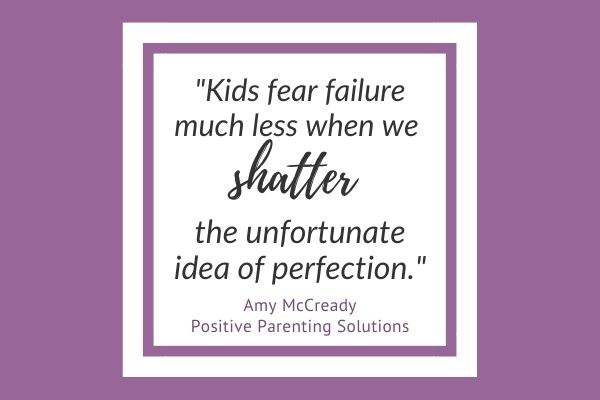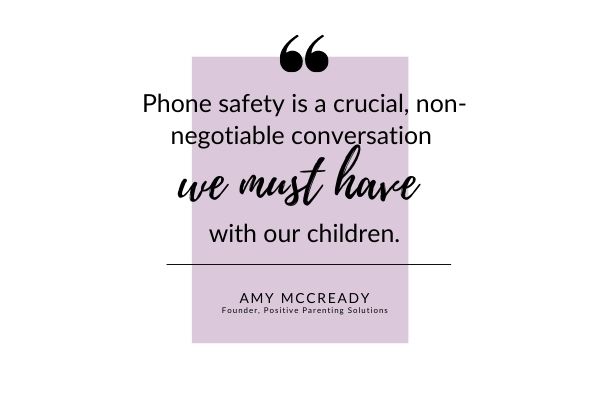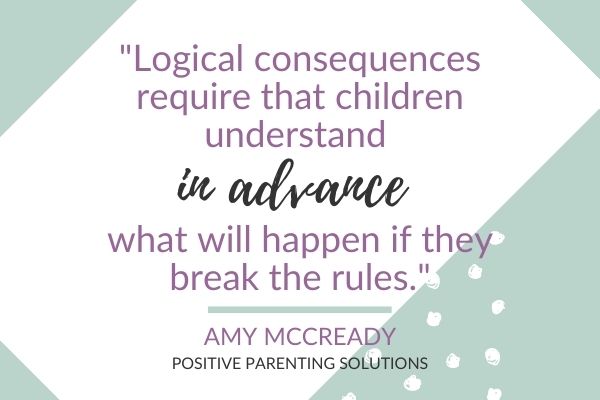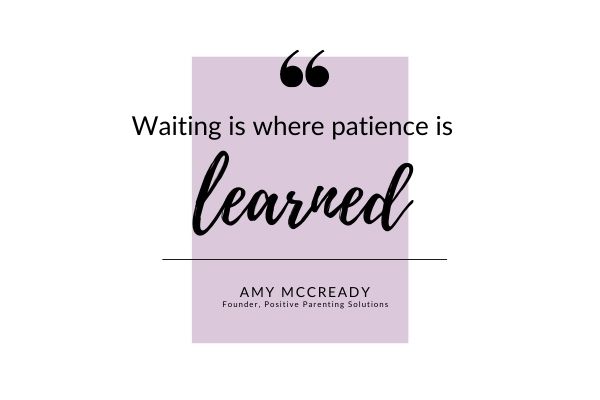


Our children will inevitably face injustices in their lifetimes. But no child has to silently suffer through anything that causes harm.
Bullying, in particular, can wreak havoc on children’s lives. In worst-case scenarios, it can even lead to a variety of destructive behaviors, including suicide.
But what exactly can we, as parents, do to help our kids avoid this unnecessary trauma?
My answer is simple. Keep imparting important life lessons while also giving them the confidence and encouragement to face bullying head-on.
To start, I encourage you to request our FREE and comprehensive list of Encouraging Words. It is a great foundation for reinforcing the empathetic and resilient traits you want to foster in your kids.
Then, focus on bullying prevention! It’s a strategy that mentally prepares kids for an imperfect world and equips them with the tools needed to fight it.
It all begins with knowledge.
Types of Bullying
Not all bullying is equal, and a lot of definitions overlap. Bullying can also fall under one category or encompass multiple categories at once.
Identifying these different frameworks helps prepare you and your kids for the many bullying scenarios they might encounter.
Before we jump into strategies to prevent it, let’s take a look at the different types of bullying that exist…
According to STOMP Out Bullying, Thriveworks Counseling & Coaching, and StopBullying.gov, categories include:
Physical
Getting shoved up against a locker. Kicked in the leg. Pinched.
Physical bullying doesn’t have to be violent. It includes any unwanted physical contact.
Verbal
Calling someone a bad name, making them feel inadequate, and hurtful teasing.
Thriveworks states, “Verbal abusers use language to hurt another person; this might involve speaking aggressively or violently, or it could mean not saying a single word.” It can also “include withholding, countering, and discounting.”
Emotional
Thriveworks defines emotional abuse as the use of “…hurtful tactics that are rooted in one’s emotions to manipulate and mistreat the victim…
…A few common forms of emotional abuse include criticism, humiliation, and control.”
Relational/Social
Intentionally leaving someone out of a group invitation. Spreading rumors about someone you don’t like. Ruining a reputation.
Prejudicial
Harassing someone for being dissimilar: religious preference, LGBTQ, or a physical or mental difference are all common examples.
Cyber
This includes slander on social media, sending inappropriate images, or purposely excluding someone from an online invite.
It’s crucial to speak to children about the dangers of cyberbullying before allowing them access to smartphones and social media.
Sexual
Harassment of any kind of sexual nature, including vulgar comments or gestures, name-calling, or unwanted, sexually-focused physical touching.
Where Do We Draw the Line?
Now that we understand the different types of bullying, you may be wondering, “But how do I know when playful banter crosses the line?”
Good question.
Some kids are more sensitive than others. And no one can deny that laughing off silly jokes and taking things less personally can be good qualities.
Maybe your older daughter had a terrible day. Out of frustration–and out of character–she called her little brother stupid. Or, at school, your 6-year-old boy likes to chase after a girl he likes.
Perhaps the boys in your teenage son’s peer group like to jokingly give each other a really hard time.
Are these scenarios all common cases of bullying? It depends…
A general rule of thumb is that bullying consists of one, two, or all three of the following components: persistence (it’s happened more than once or often), power imbalances, and/or physical and verbal intimidation.
So, no, not everything that hurts your kids is considered bullying. Still, it’s crucial to tell kids to speak up if something bothers them–whether they’re unsure it constitutes bullying or not. This can help keep anything that bothers them from escalating into true bullying, and it teaches emotional recognition and conflict resolution.
Let’s talk about how to do just that…
Bullying Prevention and Solutions
Awareness and training work to minimize bullying’s most harmful impacts, and it makes sense why–getting ahead of problems can be the best way to combat them.
Focus on Open Communication
Ideally, gathering information from our children is natural and easy. We want them to confide in us–especially when something is hurting them and potentially dangerous.
But as our kids grow older, and depending on their personalities, conversations aren’t always a two-way street.
If you feel a need to improve the communication between you and your children, start with a few simple strategies:
Increase Mind, Body, and Soul Time® activities
Mind, Body, and Soul Time is an incredibly powerful tool that we rave about here at Positive Parenting Solutions.
Every day, when you spend 10-15 minutes of distraction-free, one-on-one time with each of your kids, you are building a foundation of trust and improved communication.
Its effects can’t be overstated. Mind, Body, and Soul Time helps with kids’ behavior and strengthens the bond between parent and child in a way that can’t be replicated.
Limit Overreactions
When a child approaches us about bullying, it’s easy to have a strong reaction. We’re often upset–even angry–and eager to solve the problem immediately.
Your son might be trying to make friends at a new school. He confides that one of these new “friends” likes to pick on him a lot. When you subsequently–and fervently–talk about contacting the other boy’s mother and the school board, your son grows wary and shrinks into the corner. He wants help, but he doesn’t want to cause a big scene.
Or, maybe your daughter was abnormally aggressive and pushed a girl who made fun of her clothes. Your daughter was bullied into a corner, and now she’s being bullied even more. But she’s also ashamed of her part in the situation and worried about your disapproval if she tells you the whole story.
When we fail to remain calm when kids come to us with problems and concerns, it creates additional stress for our kids. They may grow hesitant bringing problems to our attention next time.
Even when we get involved in something unrelated to bullying–like causing a fuss when your daughter tells you her coach keeps her on the sidelines–she will probably assume you’ll also overreact about bullying.
The way we react to all events and issues can set the stage for more open communication.
If our kids do play a part in bullying, it’s important to focus on communication rather than discipline–especially if we want them to confide in us in the future. Disciplining our kids for confiding in us, regardless of fault, can be counterproductive and close invaluable communication channels. We can promise they will never be in trouble for reporting bullying–even if they are a part of the problem.
Be Open About Your Own Feelings and Experiences
The more we express our own feelings, the more our kids will do the same.
Whether talking about your own difficult experiences as a child or sharing current struggles, you’re showing that a wide range of feelings can be normal. It also shows your capacity for understanding and empathy should they bring their issues to you.
But once the communication lines are open, then what?
Now it’s time to teach our kids how to respond in-the-heat-of-the bullying moment…
Teach Kids to Stand Up to Bullying
What can be more empowering than teaching kids to stand up for themselves?
Empowerment is a huge part of positive parenting–and it’s just as significant when fighting against bullying.
We already know the various types of bullying that can occur. We also know it is persistent, related to a power imbalance, and contains physician and/or verbal intimidation. But do our kids?
Kidpower International teaches kids and adults of all ages to recognize these signs before they even encounter bullying. Then, they arm them with essential, anti-bullying strategies.
One of those indispensable skills is teaching kids to speak up. And this isn’t just hypothetical. The aim is to equip kids with actual words and phrases when they feel bullied or threatened.
For example, kids are encouraged to find an adult and calmly but urgently say, “Excuse me, I have a safety problem.”
This is a simple yet effective way to get a busy adult’s attention by raising immediate alarm.
It’s also important to recognize that many kids are resistant to seeking help. Partly because we’ve unknowingly trained them to seek solutions on their own. Think about it: we often become annoyed when kids complain about silly, inconsequential issues. But they can interpret that as a plea never to be bothered.
Kids also fear possible overreactions and retribution from parents and aggressors for tattling.
Knowing this, we must teach kids to bring bullying to our attention with persistence and urgency. This includes explaining safety issues and the difference between tattling and informing.
“The safety of our kids and well being of our kids are worth causing anyone embarrassment, inconvenience, or offense.” – Ellen Bass, Co-Author of The Courage to Heal and Kidpower Founding Board President
Teaching kids to stand up to bullying also includes stepping in as bystanders. Kids don’t have to be directly bullied to be affected by its negativity, nor to report it and put a stop to it.
Take Time for Scenario Training
Bullying preparation isn’t that effective if we just talk about it. Kids might forget details or fail to grasp the strategy for various situations.
Plus, if we’re presenting problems without also presenting solutions, our warnings only serve to raise kids’ anxieties.
We have the same concept at Positive Parenting Solutions. Our Take Time for Training tool reminds parents to embrace and encourage rehearsal.
Whether it’s watering flowers, turning the oven off, or standing up to combativeness, kids learning something for the first time need–and deserve–a chance to practice that skill.
Bullying training can also happen routinely. Anything is more effective if you cover it more than once. And although it serves a practical purpose, it can be approached in a fun, lighthearted way. (Otherwise, it may be a dreaded task!)
At home or anywhere you have downtime, you can walk through various bullying scenarios. Ask kids to take turns being the bully/bullied.
They can also practice grabbing your attention (“Excuse me, I have a safety problem”), and then switch roles while you play the anxious, troubled kid, and they play the busy adult. This two-way role-play can be doubly effective.
Scenario training can include how to handle words that hurt, too. Instead of letting mean words fester, for example, Kidpower encourages us to teach our kids how to use the “Trash Can Power” by throwing away those hurtful words in an imaginary trash can. Rather than ignoring bullying or suffering through it, this tool recognizes negative intentions and immediately discards them.
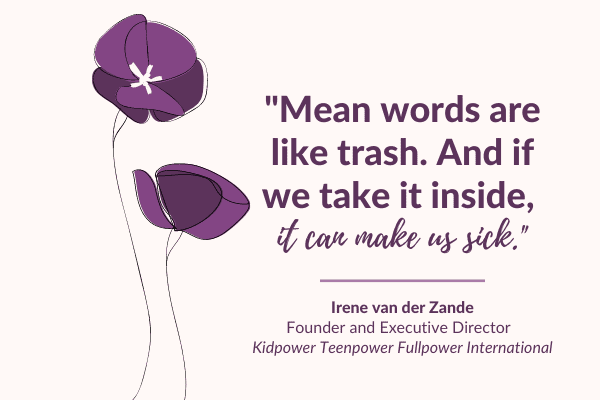
So, Is Your Child Being Bullied? Here Are Some Signs.
It’s not always obvious when your child is being bullied. Some kids don’t want to report it and internalize it instead. But, according to Stopbullying.gov, the following symptoms could be a sign of trouble.
- Unexplainable injuries
- Lost or destroyed clothing, books, electronics, or jewelry
- Frequent headaches or stomach aches, feeling sick, or faking illness
- Changes in eating habits, like suddenly skipping meals or binge eating. Kids may come home from school hungry because they did not eat lunch.
- Difficulty sleeping or frequent nightmares
- Declining grades, loss of interest in schoolwork, or not wanting to go to school
- Sudden loss of friends or avoidance of social situations
- Feelings of helplessness or decreased self-esteem
- Self-destructive behaviors such as running away from home, harming themselves, or talking about suicide
These signs indicate an imperative need to focus on communication with your child, speak to teachers and school administration, and contact a counselor or other trained professional.
What if the Bullying Still Doesn’t Stop?
Sometimes, bullying continues after a bullied child has requested, with confidence, that the perpetrators stop. It can also continue after a teacher or the school administration has become involved.
“Throwing punches” may not be the go-to solution for conflict resolutions, but in cases of relentless bullying or physical danger, Kidpower mentions it’s more than okay for kids to use self-defense as a last resort.
“There are different self-defense techniques for bullying than for more dangerous situations. For example, you can practice a bullying self-defense move in the air like kicking someone in the shins, pinching someone’s leg or upper arm, or hitting someone in the chest in order to get the person bullying to move so they can run to safety.”
And in extreme situations, like attempted kidnapping and direct physical violence, these tactics can save a child’s life.
Parents may need to consider consulting professionals or making significant changes if the problem becomes more than the child–or the adults responsible for them at the time–can handle. We don’t want to teach our kids to give up, but they do need to recognize their limits when necessary. Parents should also contact their local police department in the case of any harmful threat.
Above all, the safety and well-being of the child are the most important thing. Period.
Final Thoughts
Our society can acknowledge bullying without accepting it. Our kids don’t have to be victims.
Don’t forget, there are many professional bullying resources online. Reach out and delve into them all if you still have questions and concerns.
And most importantly–don’t wait until your child is actively being bullied. You can prepare and act preventatively now.
There’s no reason to wait.





